
One of the most common questions about electric vehicles (EVs) is how far they can actually travel on a single charge. With the growing adoption of EVs, improving battery technology, and expanding charging infrastructure, range anxiety—concerns about running out of battery before reaching a charging station—has become less of an issue for most drivers. But how far can you really go on a single charge, and what factors impact that distance?
EV Range: The Numbers You Need to Know
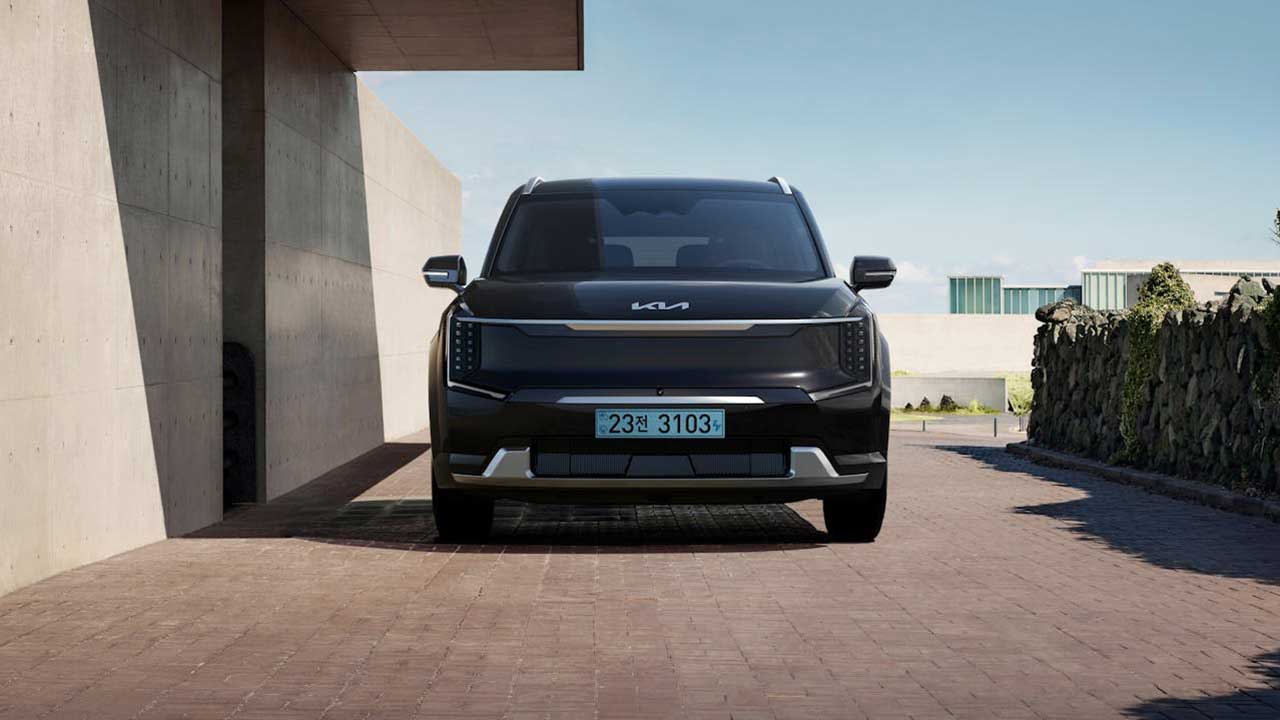
The range of an electric vehicle largely depends on the size of its battery and the efficiency of the vehicle’s design. For instance, the typical range for a modern electric car can vary from about 150 miles to more than 370 miles on a full charge. Popular models like the Tesla Model 3 (up to 363 miles) (Source: Tesla), the Ford Mustang Mach-E (up to 312 miles) (Source: Car and Driver), and the Chevrolet Bolt EV (up to 259 miles) (Source: Edmunds) represent a range of options for different needs and budgets.
As battery technology improves, many EVs now come equipped with larger batteries that can offer more mileage on a single charge. For example, the Tesla Model S Long Range boasts an EPA-estimated range of 370 miles (Source: Car and Driver), while the Rivian R1T, an electric pickup, delivers around 314 miles per charge (Source: Ars Technica), showcasing that range is improving across different vehicle types, from sedans to trucks.
The Factors That Affect EV Range
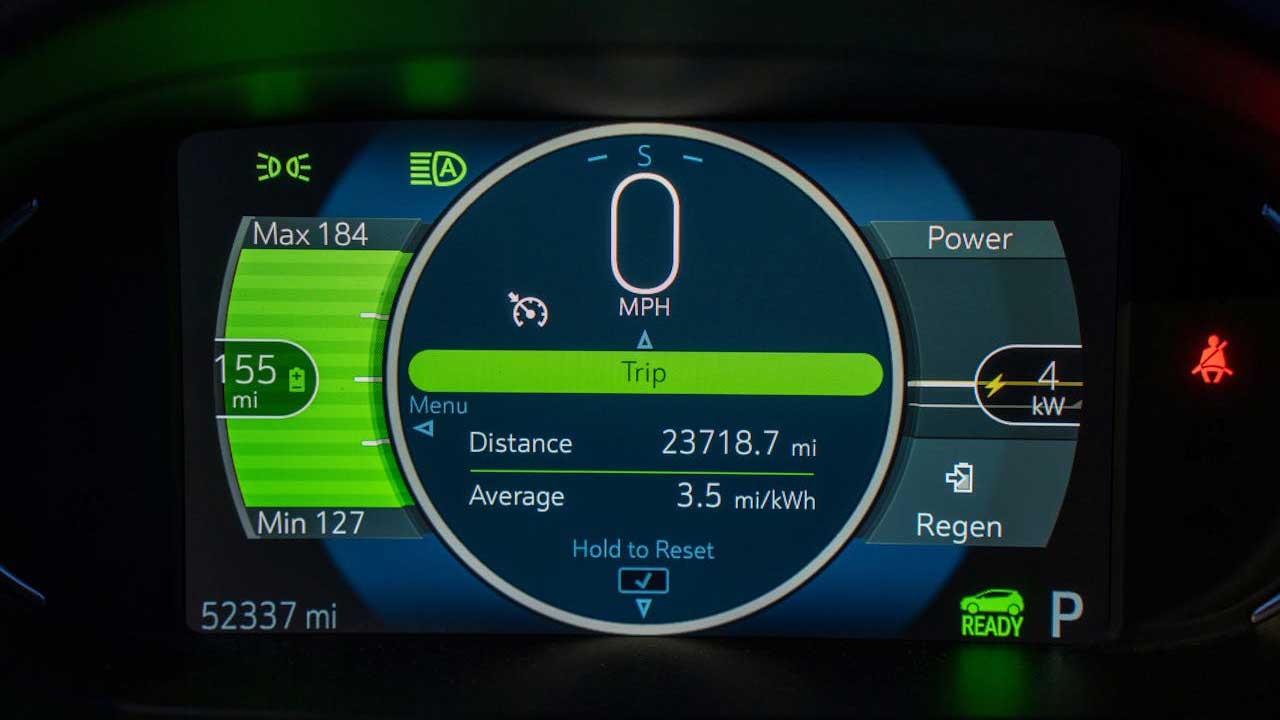
While manufacturers provide an estimated range for each EV, it’s important to remember that real-world driving conditions can significantly affect how far you can actually go on a single charge. Here are the key factors that impact an EV’s range:
1. Driving Style
Aggressive driving habits, such as rapid acceleration, heavy braking, and high speeds, can quickly drain an EV’s battery. Just like gas-powered cars, driving more conservatively—smooth acceleration and braking—can help maximize the range of an electric vehicle. For instance, driving at 55 mph instead of 75 mph can improve range by up to 30% (Source: Kia EV Forums).
2. Terrain and Weather
Hills and rough terrain can put a strain on an EV’s battery, as the vehicle works harder to climb inclines or traverse uneven surfaces. Likewise, extremely cold or hot weather can cause the battery to work harder to maintain optimal temperature levels, leading to reduced efficiency. Cold weather, in particular, has a notable impact on range, as the battery must use energy to heat the cabin and maintain battery temperature. In some cases, this can reduce range by 20% or more (Source: Consumer Reports).
3. Air Conditioning and Heating
Using the air conditioning or heating system in your EV consumes battery power. In the summer, running the air conditioner, or in winter, using the heater, can deplete your battery much faster. Many EVs now come with efficient climate control systems that help minimize this drain, but it’s still an important factor to consider when estimating range.
4. Vehicle Weight and Load
The weight of the vehicle and the amount of cargo or passengers it carries can also affect its range. Heavier vehicles or those carrying heavy loads will require more energy to move, thereby reducing efficiency. Pickup trucks, like the Rivian R1T or Ford F-150 Lightning, may have lower range when fully loaded or towing large trailers.
5. Driving at Higher Speeds
At highway speeds, electric vehicles tend to use more energy. The faster you drive, the more drag the vehicle faces, and this increases energy consumption. For example, while you might get close to the official range on slower city streets, pushing the speedometer to 70-75 mph on the freeway can significantly reduce your total range (Source: Chevy Bolt EV Forum).
How Range Is Improving
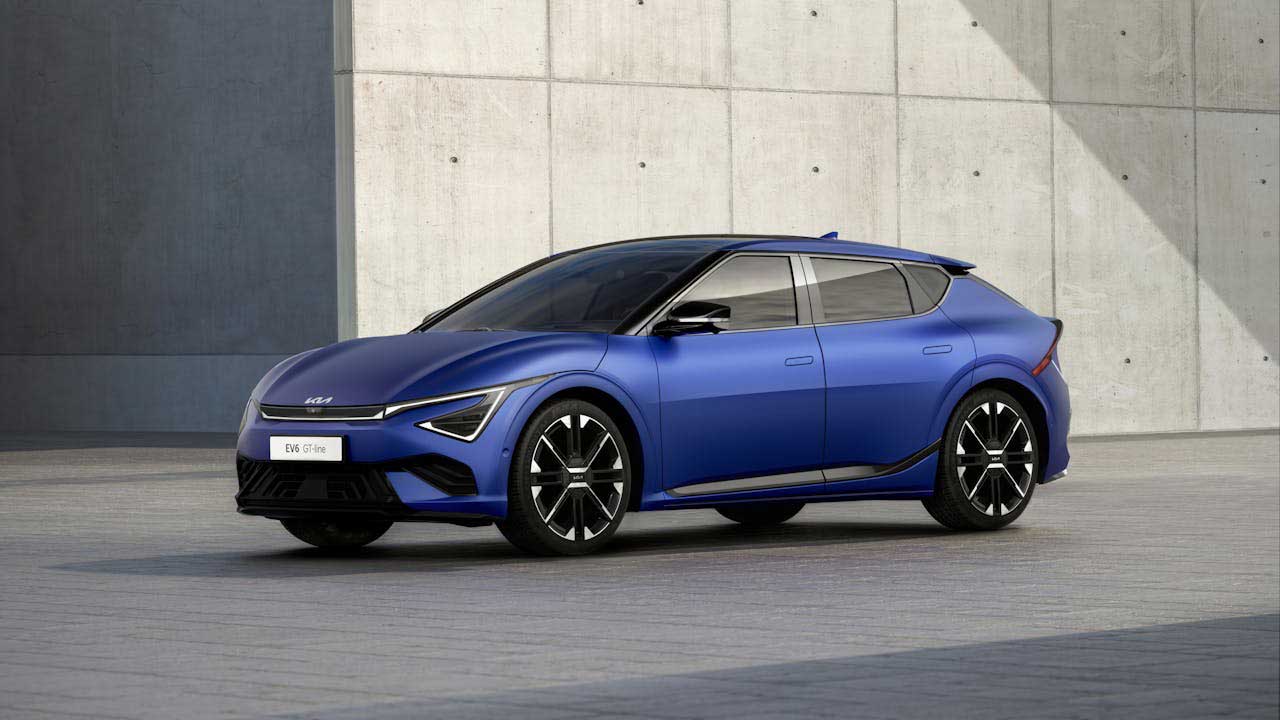
EV manufacturers are continually working to improve battery technology, and there have been significant advances in recent years. Solid-state batteries, for example, are a promising next step in EV battery design, offering higher energy density, longer life, and faster charging times compared to traditional lithium-ion batteries (Source: Car and Driver). This could lead to even longer ranges on a single charge in the near future.
Additionally, automakers are improving energy efficiency by designing lighter vehicles, implementing regenerative braking systems, and creating advanced aerodynamics that reduce drag. As the EV market matures, we can expect to see more vehicles that can cover 300 to 400 miles on a single charge as the standard (Source: Edmunds).
Real-World Range: What You Can Expect
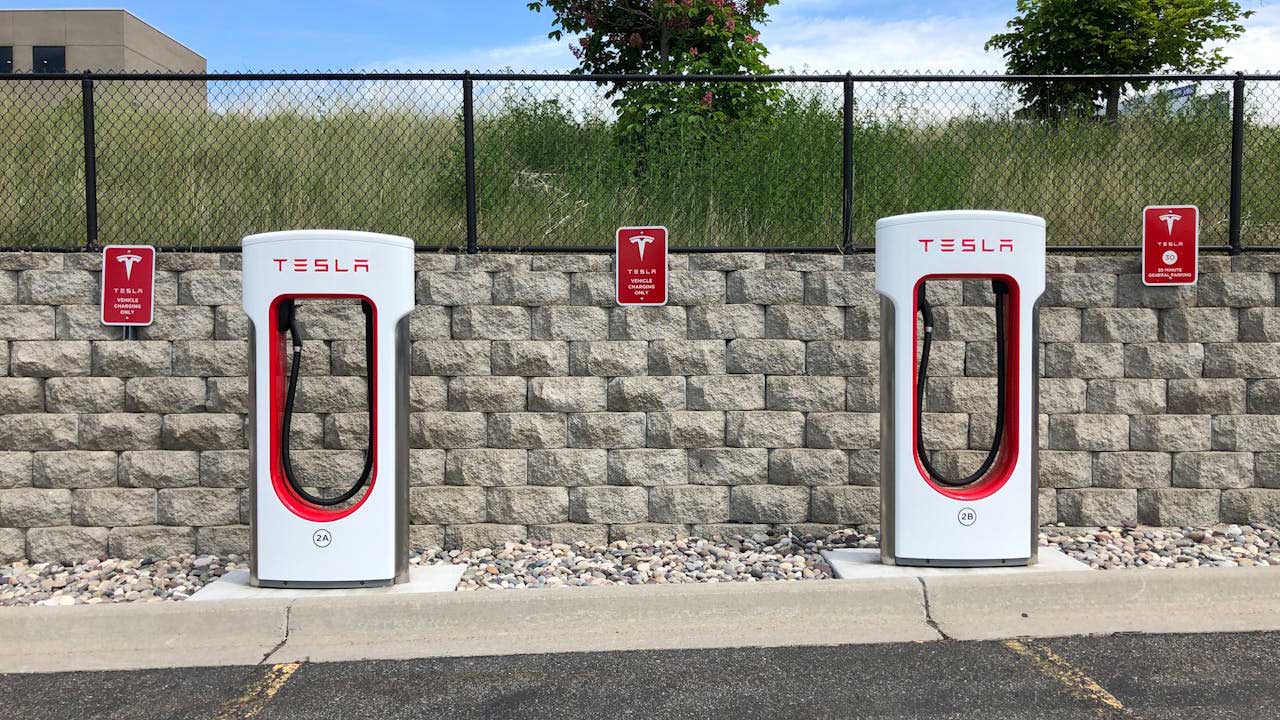
While it’s useful to know the theoretical range of your EV, real-world conditions may vary. Most EV owners find that the actual range is usually a bit lower than the manufacturer’s estimate, due to driving style, terrain, and climate factors. However, most new EVs have more than enough range for daily commuting, with an average of about 100–150 miles of driving per day for many users (Source: U.S. Department of Energy).
Many drivers can charge overnight at home, which means their car is ready to go each morning with a full charge. If you’re someone who does frequent long-distance driving, there are an increasing number of fast-charging networks—like Tesla’s Supercharger network or Electrify America—that allow for quick, convenient charging during longer trips.
Tips for Maximizing Your EV’s Range
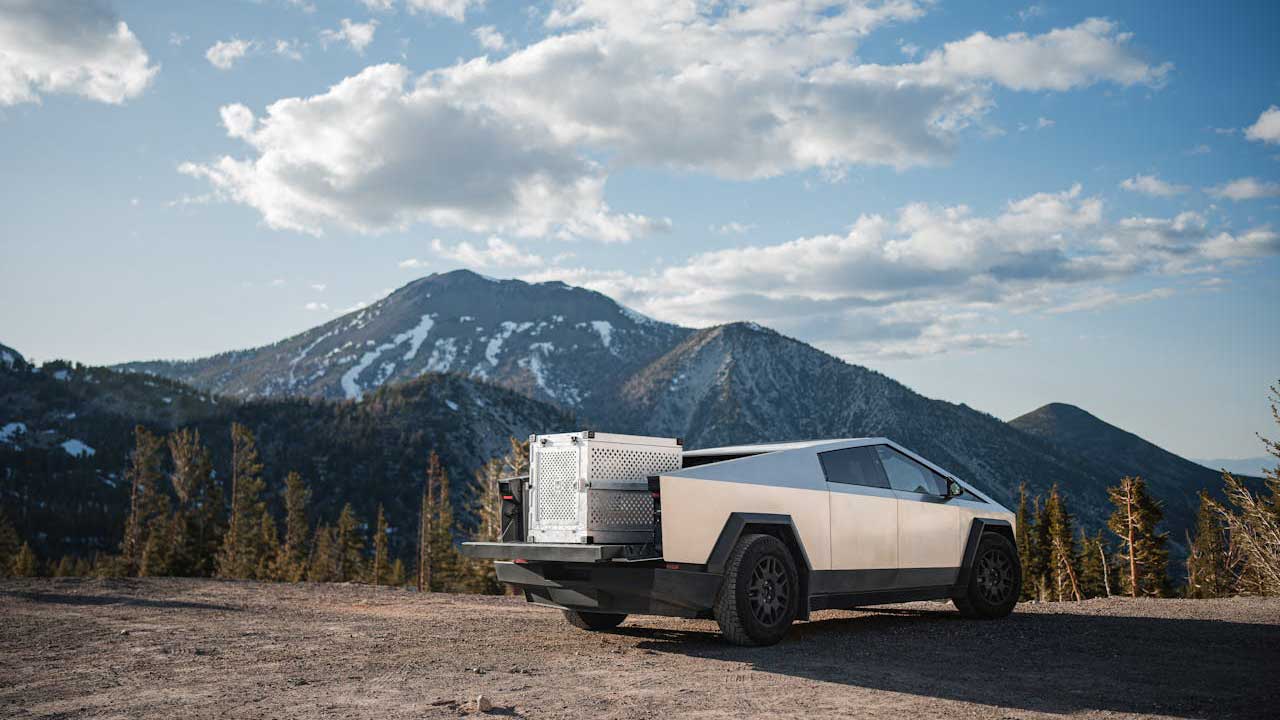
- Drive Conservatively: Smooth acceleration and braking, as well as sticking to moderate speeds, will conserve battery life.
- Preheat or Pre-cool the Cabin: If your EV has a pre-conditioning feature, use it while the car is still plugged in. This will help the car reach the desired temperature without using battery power once you’re on the road.
- Plan Your Routes: For longer trips, use route planners like Tesla’s Trip Planner or apps like A Better Route Planner (ABRP) to find charging stations along the way and optimize your route.
- Keep Tires Properly Inflated: Proper tire inflation is key to maximizing range, as underinflated tires create more drag and reduce efficiency.
The Road Ahead for EV Range

How far you can drive on a single charge in an EV depends on a variety of factors, including your driving habits, terrain, weather, and the vehicle’s specific features. While the range of many EVs is more than sufficient for daily commuting and most routine trips, it’s always important to be mindful of the conditions that may reduce range. As technology continues to evolve, we can expect electric vehicles to offer even longer ranges and greater efficiency, making them more practical for a broader range of drivers. Whether you’re commuting or taking a road trip, modern EVs are ready to take you further than ever before.